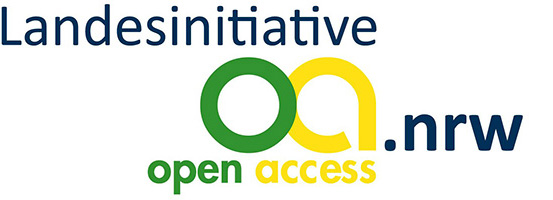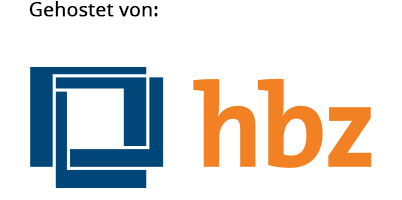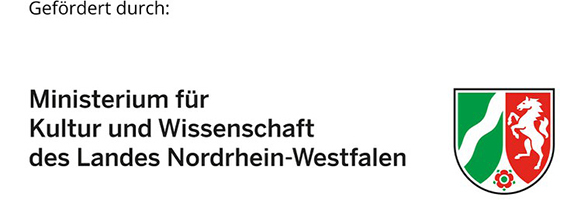Digitale Speditionen in der Lebensmittellogistik
DOI:
https://doi.org/10.2195/lj_NotRev_michel_de_202102_01Keywords:
Digitale Spedition, Lebensmittellogistik, Transportlogistik, digital freight forwarding, food logistics, logistics, transportationAbstract
Digital freight forwarders are flooding the logistics market with disruptive business models" [Scha18] reads a blog post by the German Logistics Association. This statement indicates that, as part of the digital transformation, the traditional and established freight forwarding business is being changed by new business models and the rules of the game in the industry are being redefined. These business models make use of machine learning technology to better forecast the flow of goods or prices in advance. In theory, this makes it possible to plan better utilisation of vehicles and promote transparency in transport prices. [Schi18] Whether these business models will completely "disrupt" the future of the freight forwarding industry or whether they are just a momentary trend cannot yet be determined. A company that calls itself a "digital freight forwarder" is subject to the same legal rights and obligations as defined in the Commercial Code (§454) for traditional freight forwarders (in short: provision of shipments). Nevertheless, the process of a digital freight forwarder differs from that of a traditional freight forwarder. The business process of a digital freight forwarder essentially corresponds in its function to that of a freight exchange. That is, a digital forwarder offers a digital platform in which shippers and carriers are brought together as needed. In contrast to the freight exchange, however, the prices between cargo and means of transport are not negotiated among themselves but are assigned by an algorithm. The second difference to the freight exchange and at the same time a decisive factor for identification as a freight forwarder is that digital freight forwarders act as fixedcost forwarders on the internet and thus act as contractual partners between the shipper and the carrier "at the click of a mouse". [Fra17]Downloads
Published
2021-02-02
How to Cite
Michel, V., & Siegfried, P. (2021). Digitale Speditionen in der Lebensmittellogistik. Logistics Journal: Editorial-Reviewed. https://doi.org/10.2195/lj_NotRev_michel_de_202102_01
Issue
Section
Artikel








